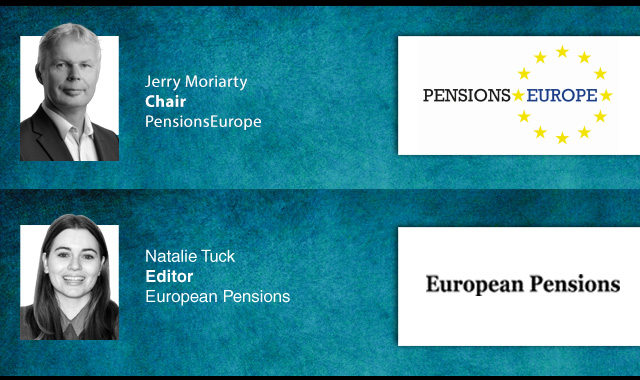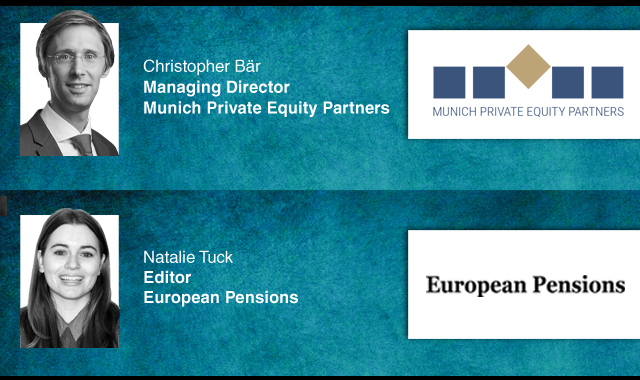Robert Klein explores whether economic conditions are currently right for hedge funds to capture market upside while reducing downside
The attractive long-term absolute performance of hedge funds has made them a complementary addition to a diversified portfolio. However, as hedge funds have struggled recently, the question now is whether the current environment is conducive for hedge funds to revert to longer-term asymmetric return patterns where they can capture more market upside and less of the downside.
Hedge fund performance across market scenarios
Different growth and inflationary environments
We calculated historical average quarterly returns of hedge funds, aggregate bonds, equities and high yield bonds since 1990 in four different growth and inflation regimes, as represented by US gross domestic product (GDP) and the consumer price index (CPI).
Hedge funds outperformed all asset classes in all environments with just two exceptions: (1) in high growth and low inflationary periods, equities outperformed hedge funds; and (2) in low-growth and low-inflationary environments, aggregate bonds outperformed hedge funds.
Expectations for global economic growth remain low to moderate over the short- to medium-term, which should make hedge funds an attractive complement to equities. Also, in today’s low interest-rate environment, hedge funds can mitigate the risks from a rise in interest rates.
Rising interest rate environments
While interest rates are at historic lows and inflation remains in check, if rates do move, they are likely to move higher. This subjects fixed income investors to more mark-to-market volatility and an asymmetric payoff profile to the downside. Hedge funds, on the other hand, have tended to perform quite well when US government bonds have declined.
In fact, hedge fund strategies can offer coupon-like returns that are similar to bonds, but which exhibit little correlation to interest rates or credit spreads. Therefore, investors in search of yield and credit exposure can find both with less interest rate and duration risk by using hedge funds.
Markets characterised by falling correlations
With lower risks in the macro environment, it is less likely that correlations will be high for extended periods (or spike around news related to various external factors). Hedge fund returns have been stronger in low correlation environments such as the one we are in today.
Assuming general correlation levels remain relatively low, and that there are fewer macro driven spikes in correlation, the moderation should create greater dispersion across securities and provide opportunities for hedge fund managers.
Strategies for the current environment
Given the wide disparity in hedge fund manager returns, investors can take advantage of timely strategy allocation shifts to enhance returns in a low-growth, low-inflationary environment. We believe there are abundant opportunities for hedge fund investors in several key areas: multi-strategy funds, reinsurance, shareholder activism and emerging markets.
Multi-strategy funds
The ability of multi-strategy funds to move across a diverse set of geographies, asset classes and investment strategies provides them with the opportunity to generate alpha in varying market environments.
In addition, given significant variations in volatility levels and correlations among asset classes, multi-strategy funds are able to manage portfolio exposures through both capital allocation changes and overlay hedges, utilising real-time portfolio transparency and high levels of liquidity.
Reinsurance
As a hedge fund strategy, reinsurance can offer attractive returns that are uncorrelated with broader markets and other hedge fund strategies. Following the series of natural disasters that occurred from 2010 to 2012, reinsurance premiums (ie, the returns that investors receive when investing in a hedge fund) increased and remain attractive today.
As an example, as of 2012, current pricing for a high conviction reinsurance hedge fund manager suggests a 75 per cent probability (using historical statistics of covered perils) of 12-month returns that are 14 per cent (net) or greater for the January 2013 renewal season, with an historical correlation to the S&P 500 for the fund of only 0.04.
Shareholder activism
The current backdrop for hedge fund strategies that focus on share-holder activism is attractive. In today’s low interest rate environment, financing is inexpensive for activists who look for companies to use as a platform to make synergistic acquisitions.
Further, companies are holding a significant amount of cash on their balance sheets. This opens up opportunities for activists who can encourage companies to use this cash to enhance shareholder value in the form of special dividends, acquisitions and tender offers, and share repurchases.
Emerging markets
Hedge funds can invest in emerging markets by investing in the equity or debt of a company through local currency or US dollar trades. Even as many view the risks of a severe negative event in Europe occurring in 2013 as less probable, some managers have chosen to put on protective shorts in the euro and in assets related to European growth (for example in eastern Europe) as an indirect hedge to their emerging market positions in 2013.
By structuring trades such as this, managers can generate attractive net profits in emerging markets while guarding against negative macro events.
We believe today’s environment for hedge funds is especially promising. With correlations declining and stock dispersion likely to increase, equity long/short managers should find opportunities to profit from fundamentals. Shareholder activists remain well positioned to influence companies to use their excess cash to enhance shareholder value, while multi-strategy managers have the flexibility to rotate capital to opportunities that surface as the economic environment changes.
There are attractive yields and returns to be found in emerging market debt and equity, and hedge funds offer the unique capability to hedge against systematic risks. Reinsurance managers offer attractive premiums and coupon-like returns with very low correlations to other asset classes and other hedge fund strategies. Finally, investors can capture opportunities in less trafficked markets by allocating to managers who invest in emerging markets.
Robert Klein is president of J.P. Morgan Alternative Asset Management
Latest News
-
IAPF urges DSP to consult on minimum contributions or risk undermining ‘decades of progress’
-
Dutch investors double exposure to tech in five years; DNB warns of 'abrupt correction'
-
Netherlands’ PME drops BlackRock over sustainability concerns
-
Sweden’s AP3 and AP4 complete system upgrade to ‘future-proof’ funds
-
Funding levels of Dutch pension funds continue to climb
-
Norway’s Folketrygdfondet sets out 2026–2029 strategy
Podcast: Stepping up to the challenge

In the latest European Pensions podcast, Natalie Tuck talks to PensionsEurope chair, Jerry Moriarty, about his new role and the European pension policy agenda
Podcast: The benefits of private equity in pension fund portfolios

The outbreak of the Covid-19 pandemic, in which stock markets have seen increased volatility, combined with global low interest rates has led to alternative asset classes rising in popularity. Private equity is one of the top runners in this category, and for good reason.
In this podcast, Munich Private Equity Partners Managing Director, Christopher Bär, chats to European Pensions Editor, Natalie Tuck, about the benefits private equity investments can bring to pension fund portfolios and the best approach to take.
In this podcast, Munich Private Equity Partners Managing Director, Christopher Bär, chats to European Pensions Editor, Natalie Tuck, about the benefits private equity investments can bring to pension fund portfolios and the best approach to take.
Mitigating risk
BNP Paribas Asset Management’s head of pension solutions, Julien Halfon, discusses equity hedging with Laura Blows
© 2019 Perspective Publishing Privacy & Cookies







Recent Stories